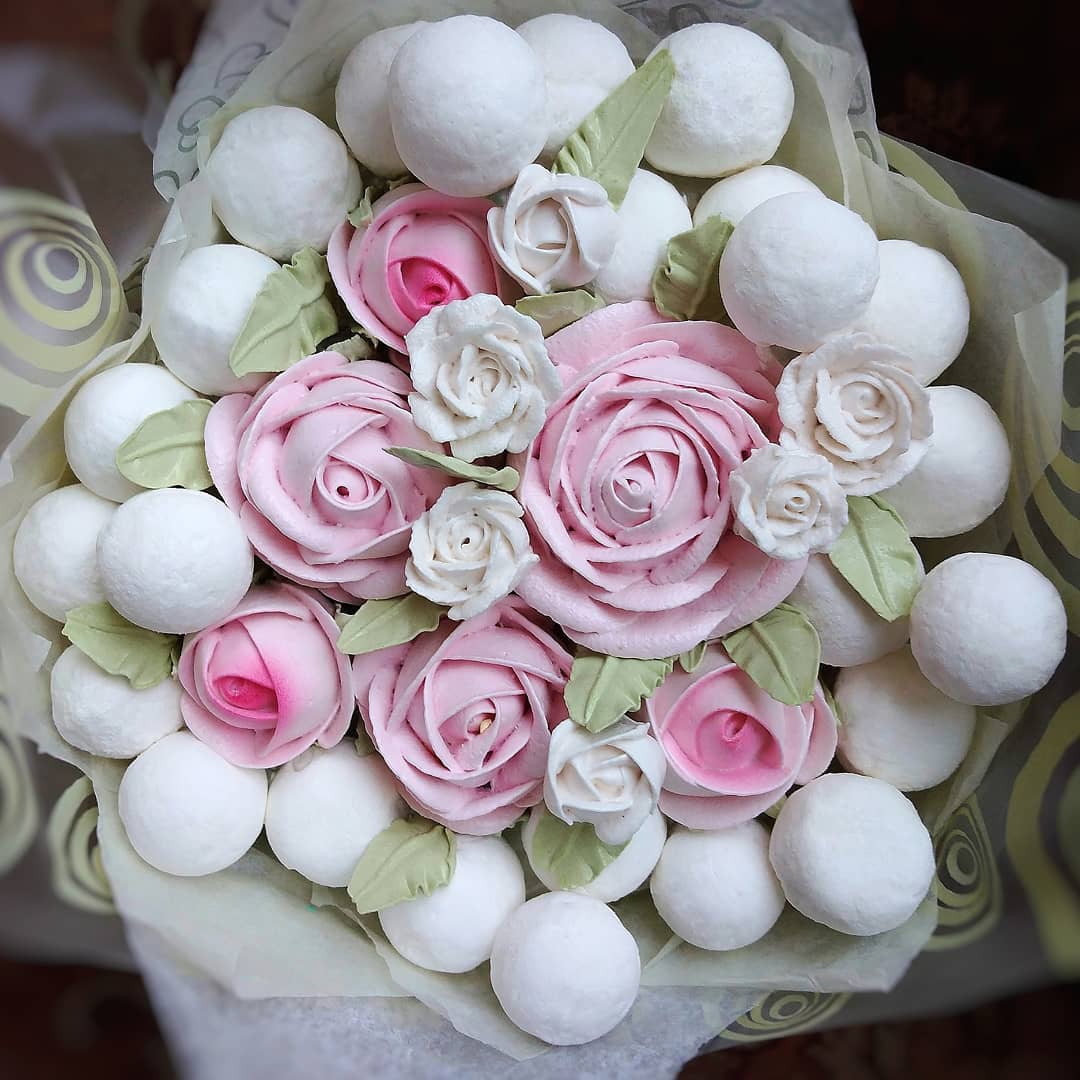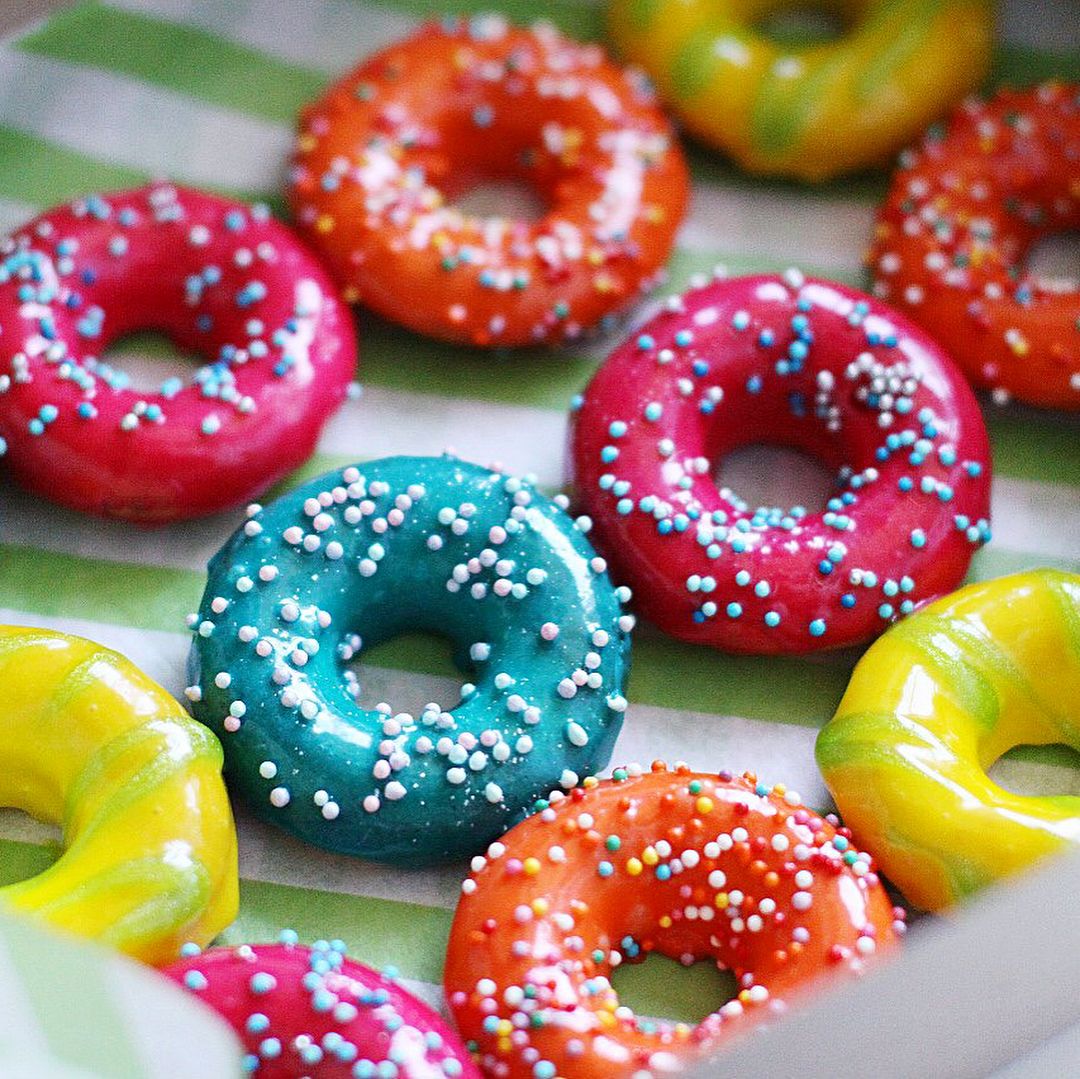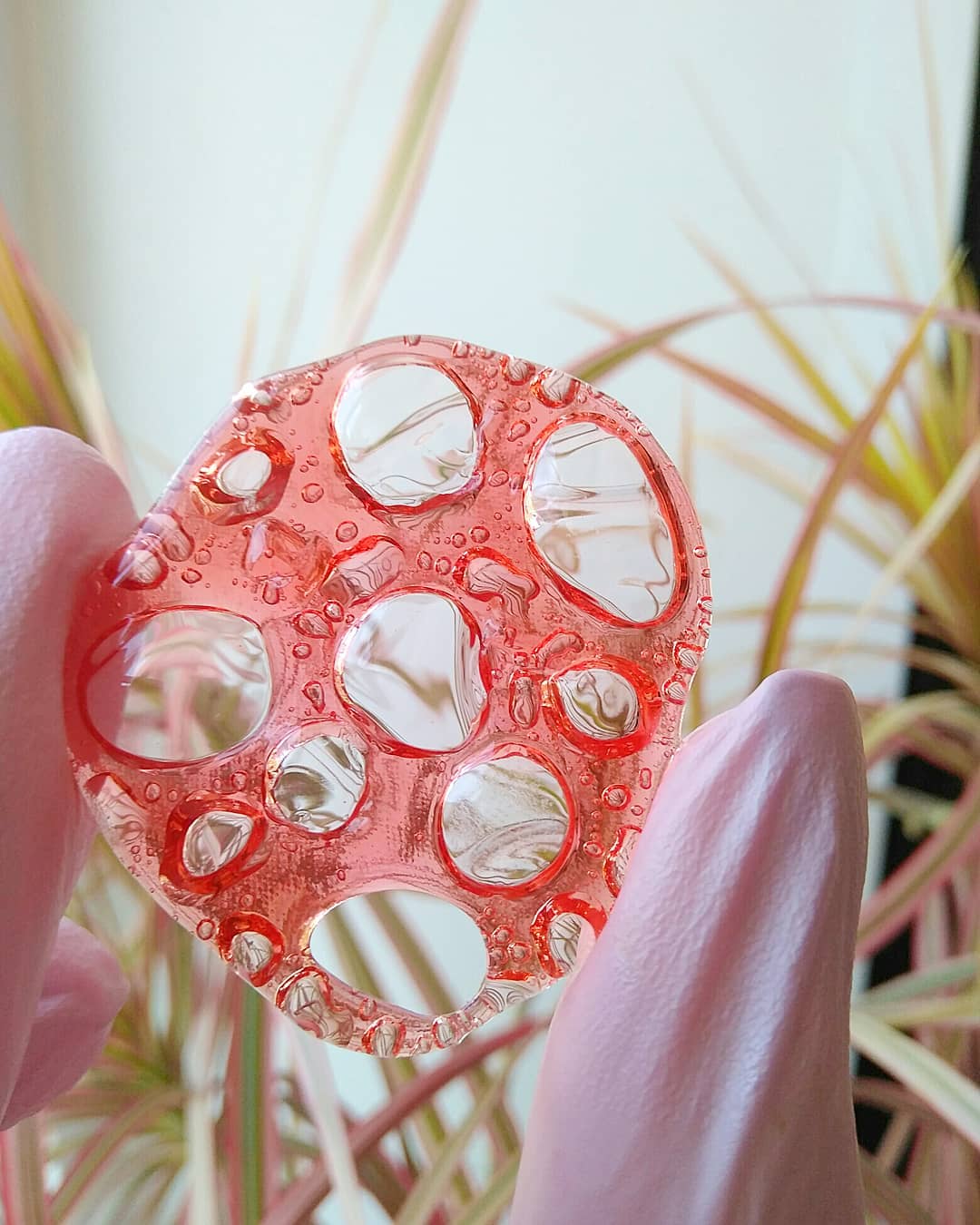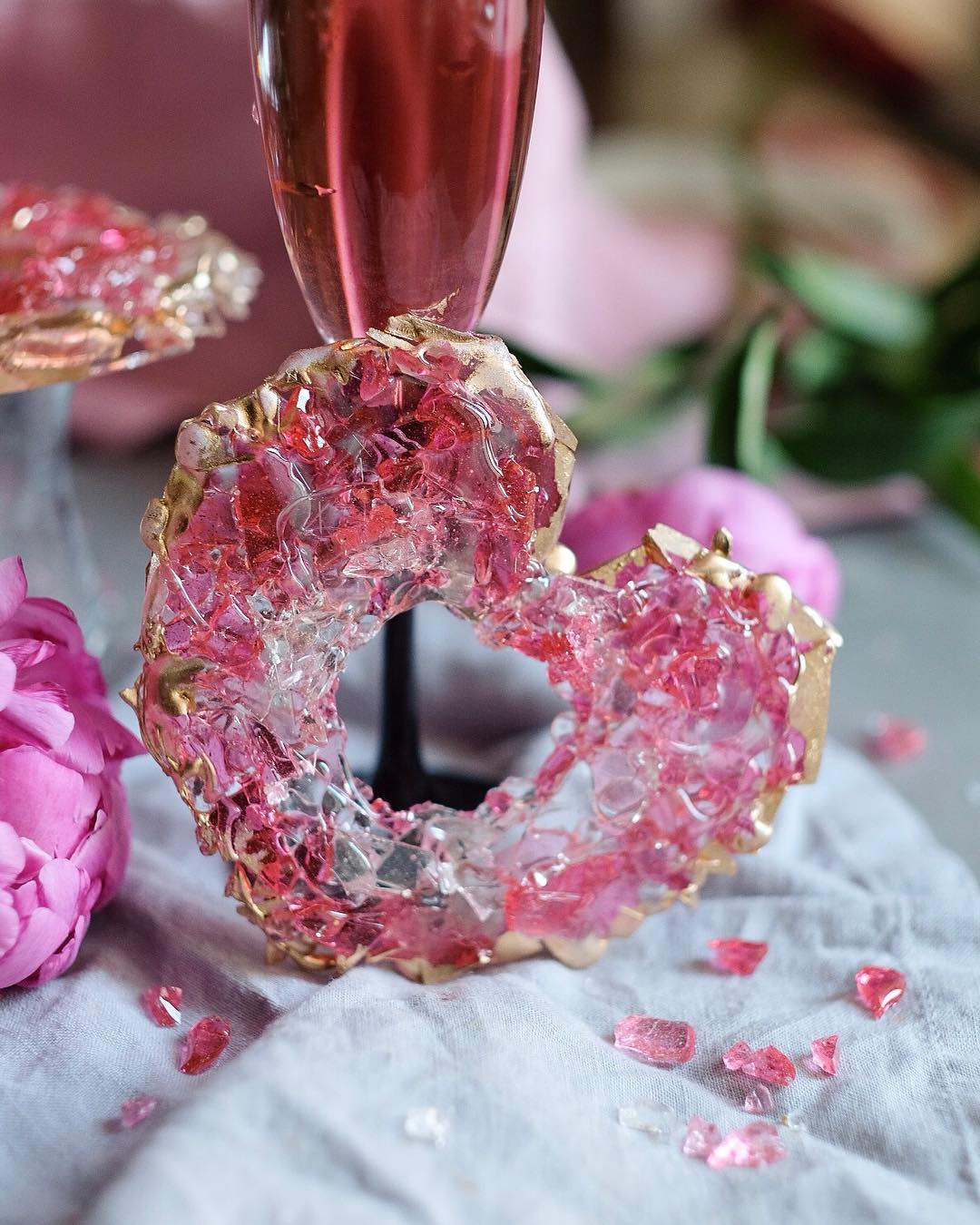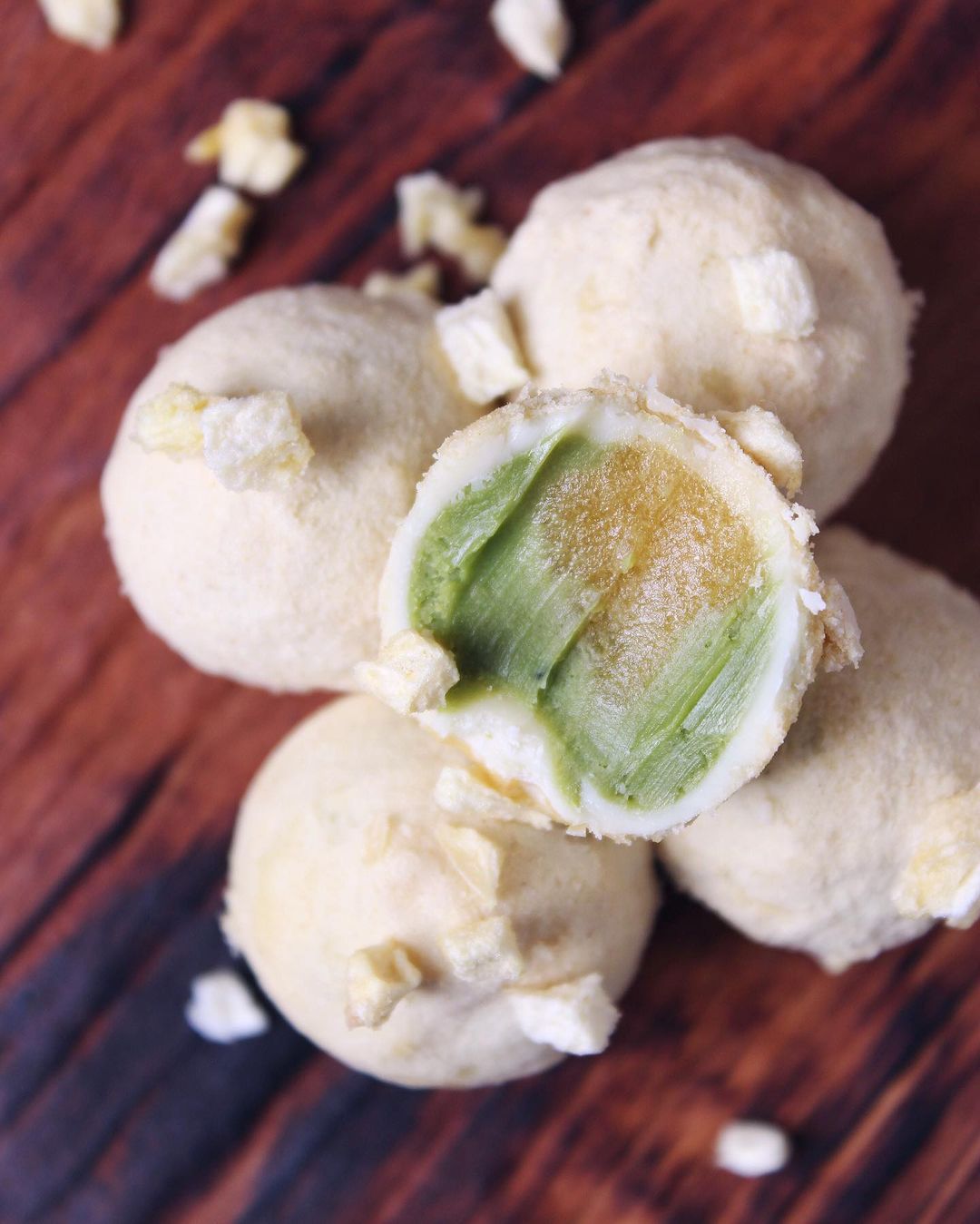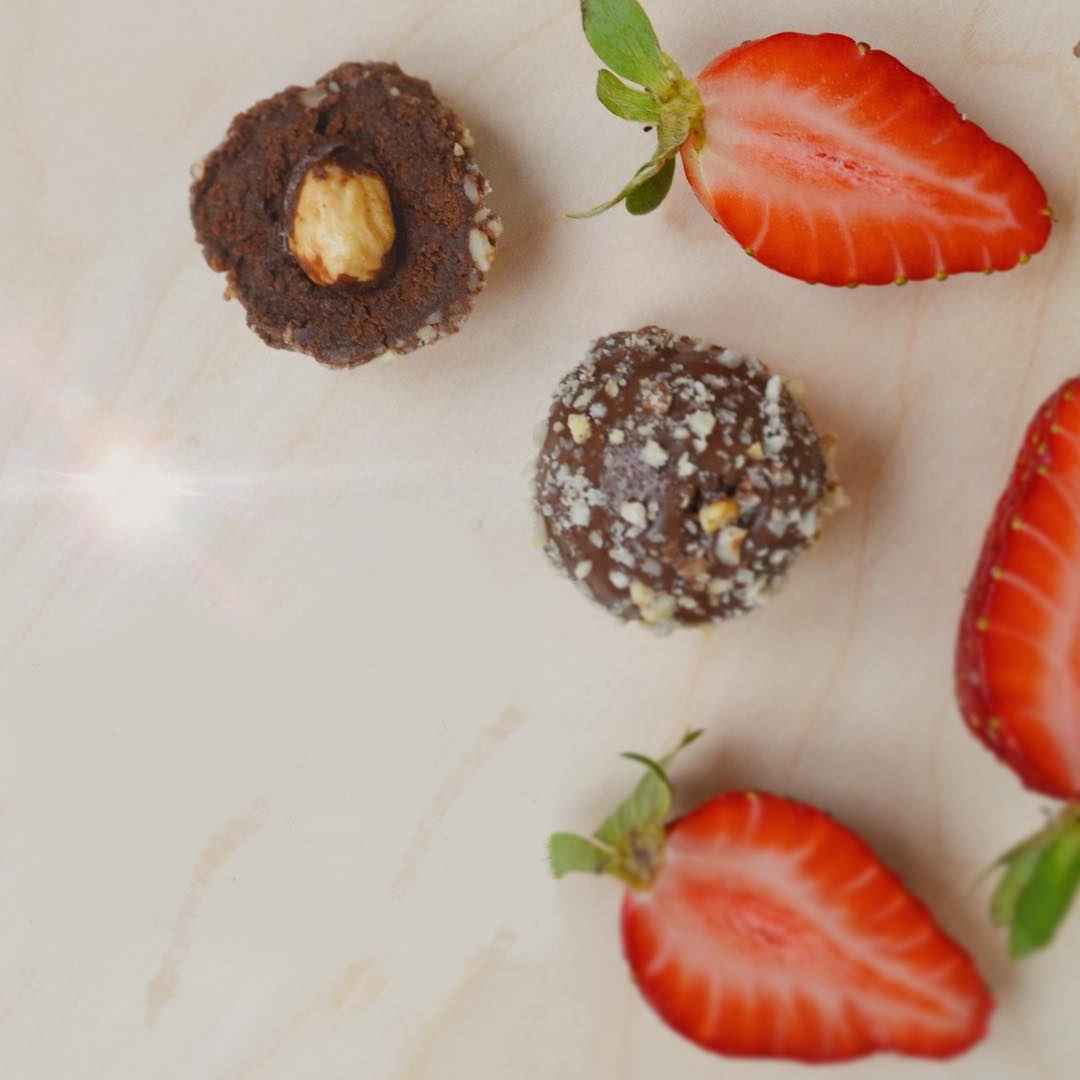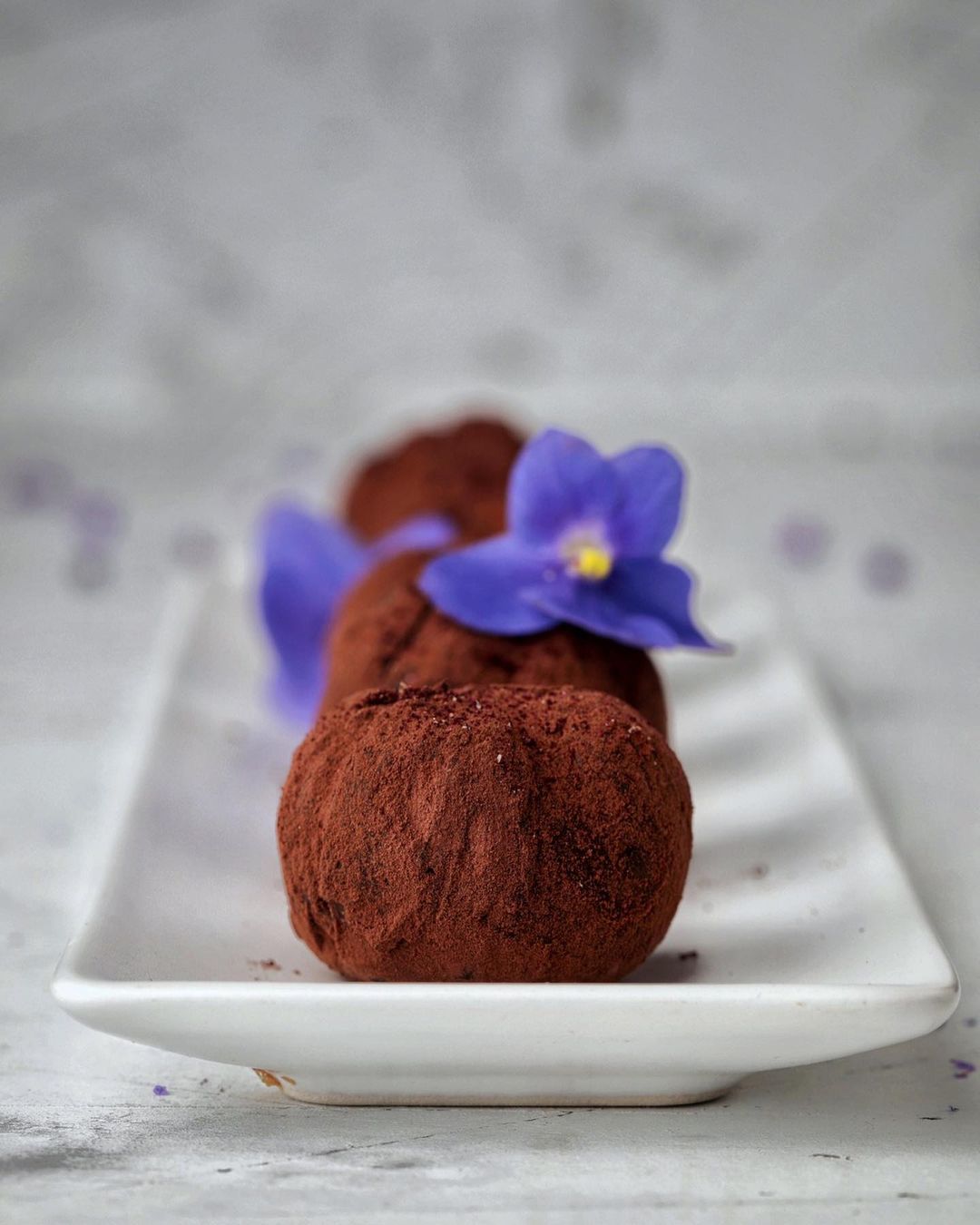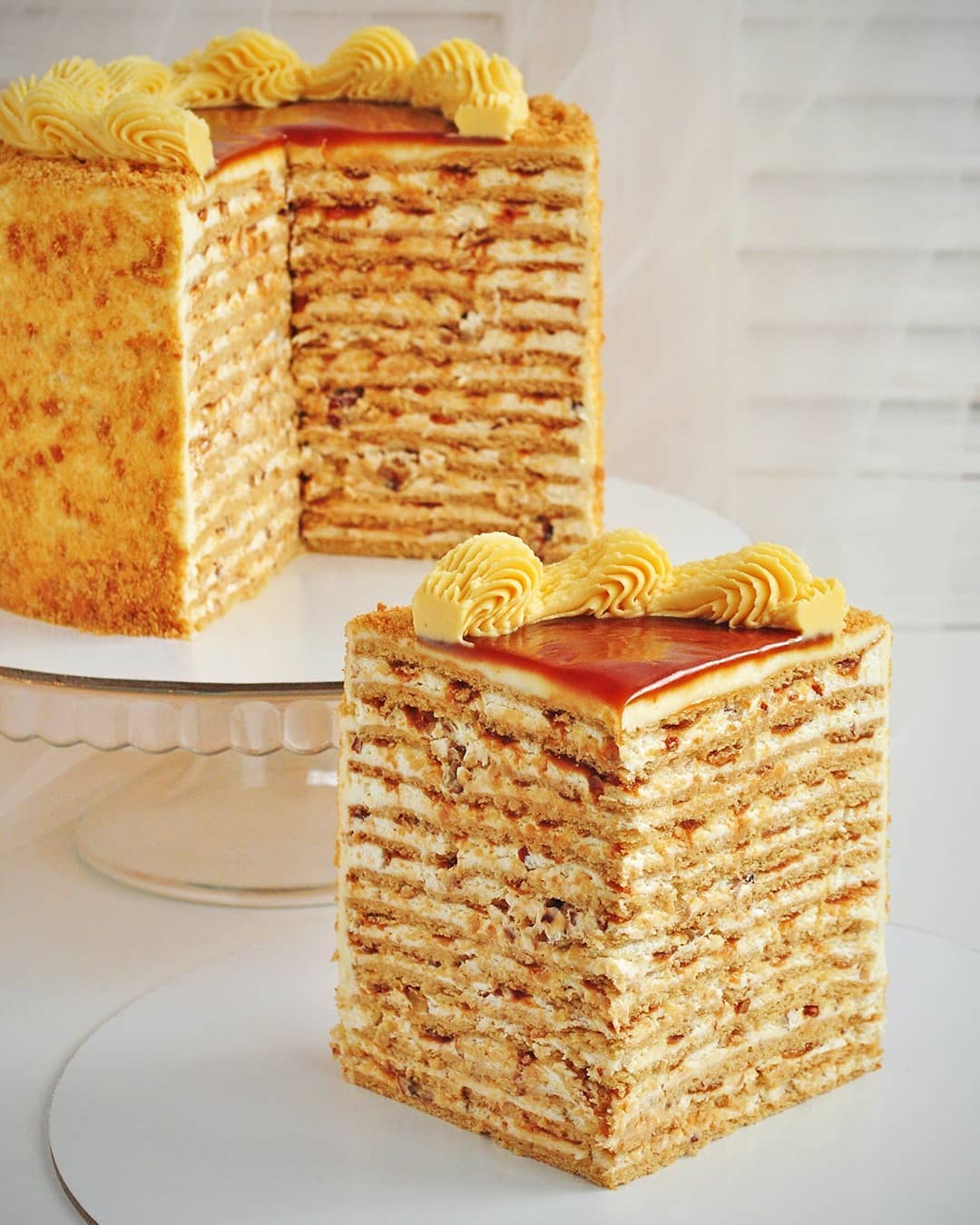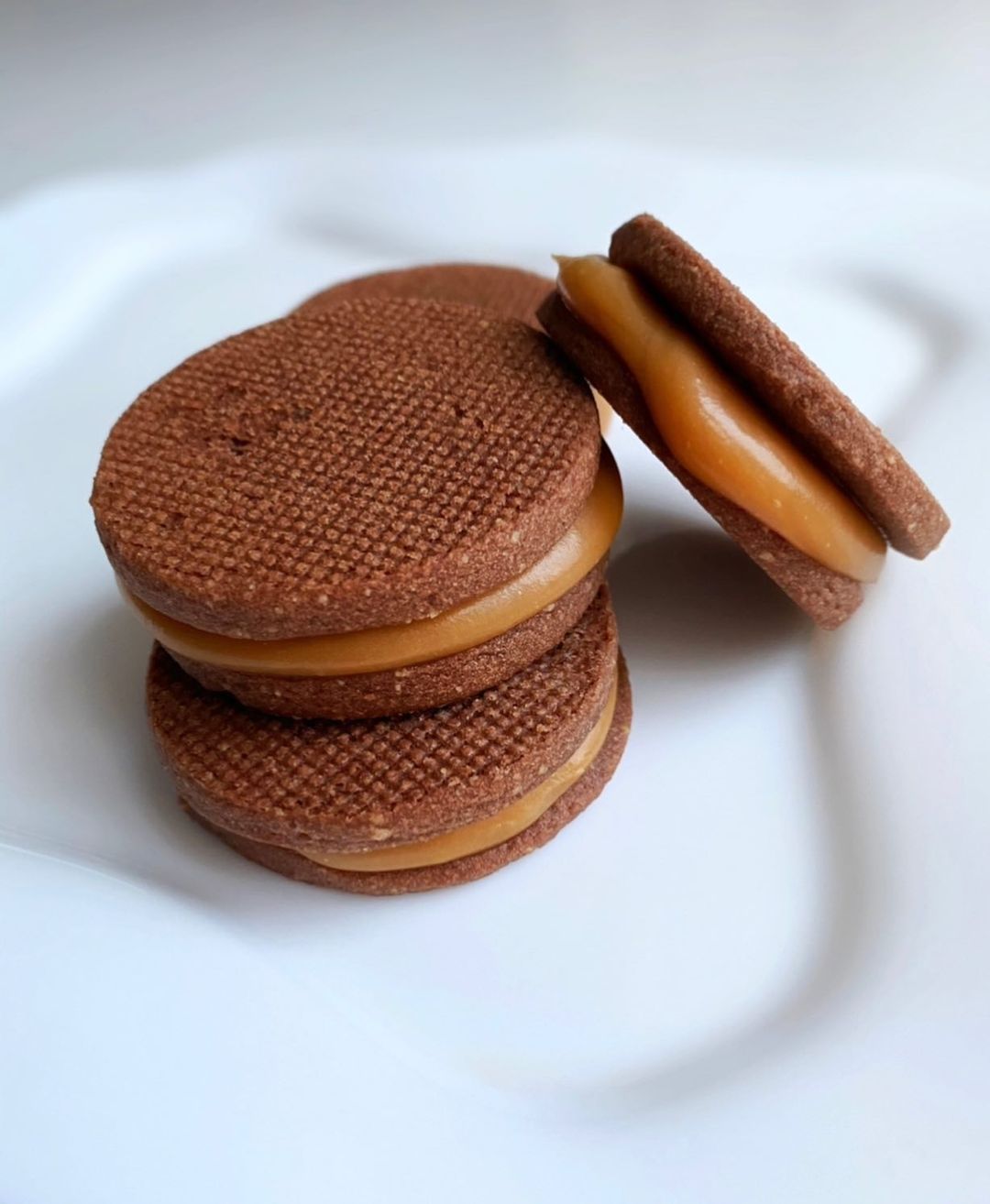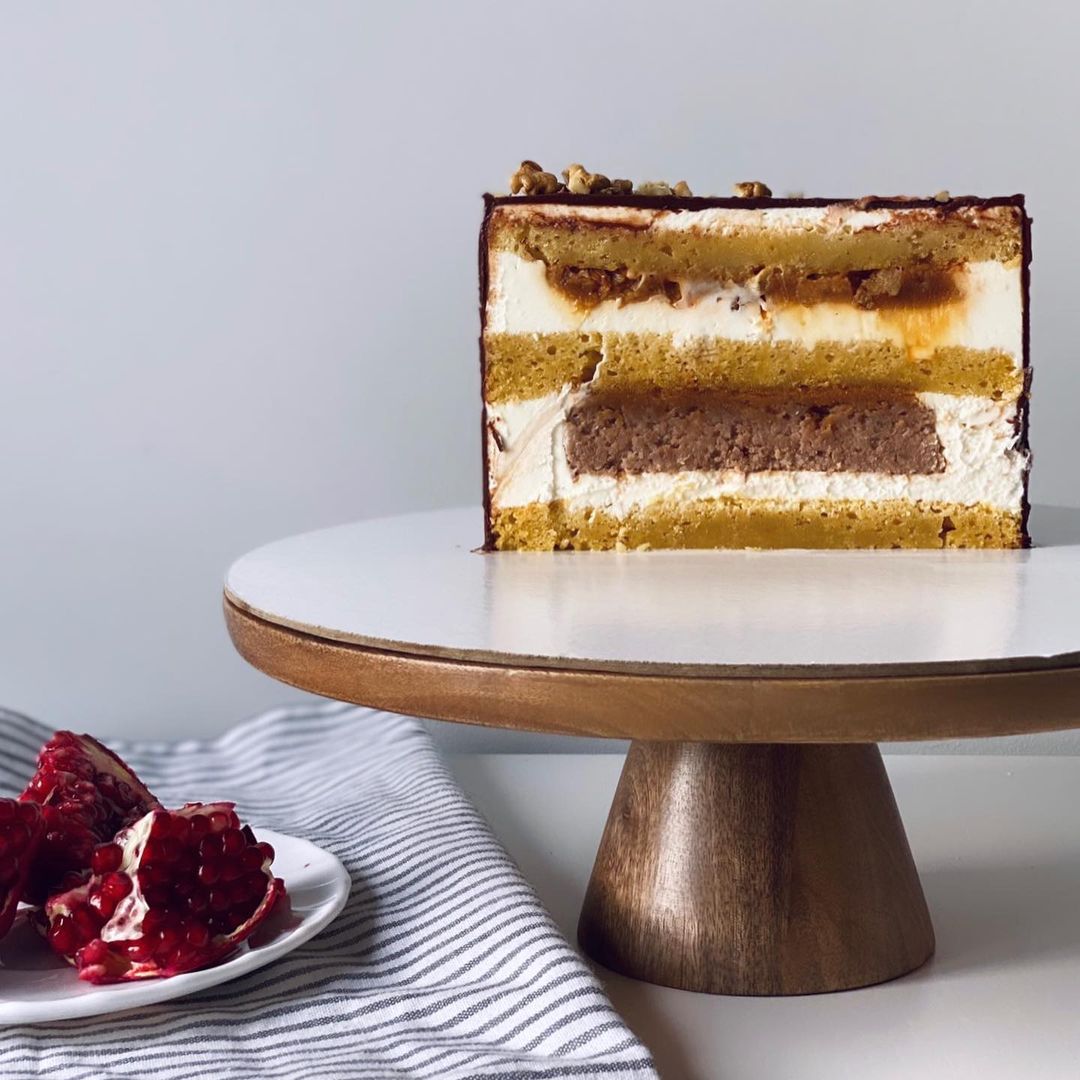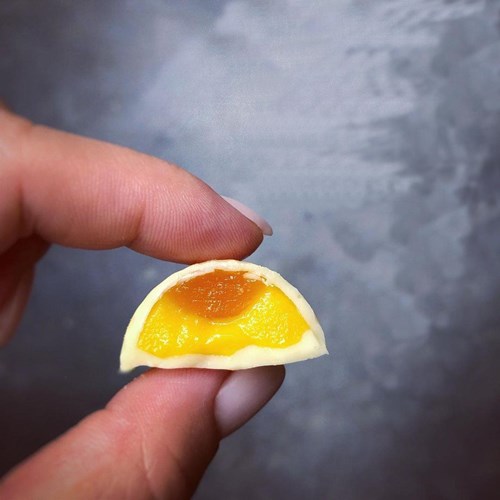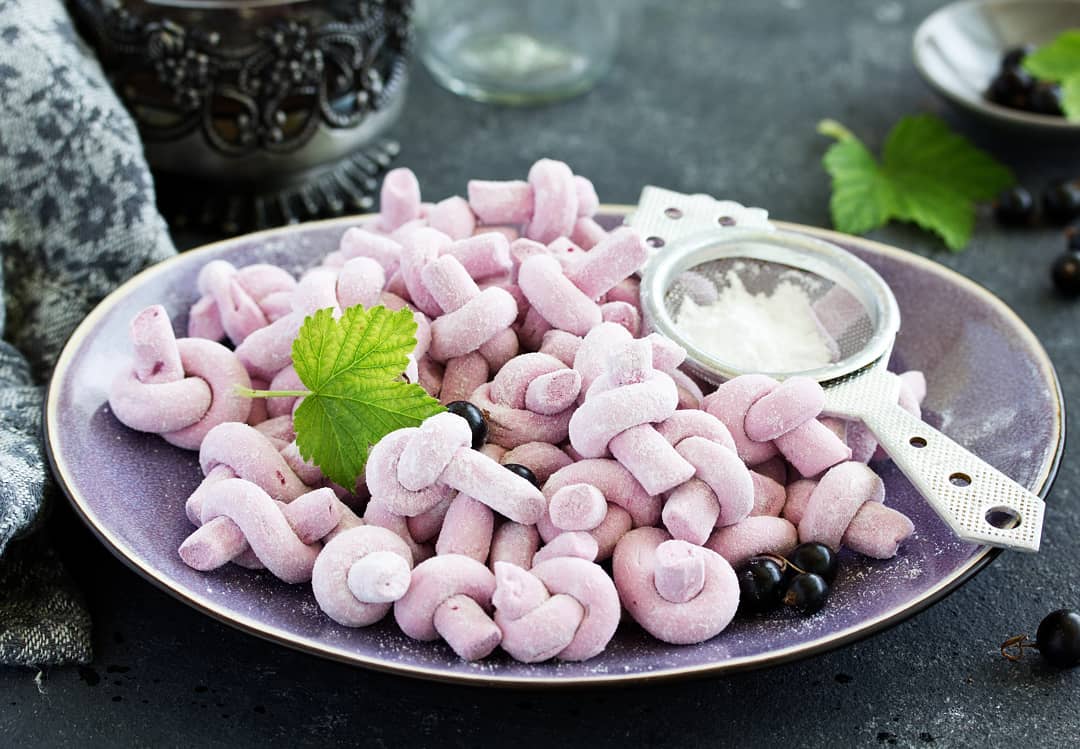Ingredients
Syrup
Instructions
Step 1
Step 2
Step 3
Step 4
Step 5
Step 6
Step 7
Step 8
Step 9
Step 10
Step 11
Step 12
Servings
Equipment
This helps distribute heat evenly, preventing the syrup from burning.
Crucial for reaching the perfect temperature of 107-108C (224-226F); an accurate reading ensures the right consistency.
Perfect for storing your syrup safely in the fridge for several months.
Precision is key; make sure to measure your ingredients accurately!
Variations
Faq
- How do I prevent my syrup from burning?
Use a stewpan with a thick bottom to ensure even heating, and always keep your heat on low. Stir occasionally and keep a close eye on the temperature.
- How long can I store the invert syrup?
Once cooled and stored in a jar with a lid, your invert syrup can last several months in the fridge.
- Can I substitute invert syrup for regular sugar in any recipe?
Invert syrup can change the texture and moisture content of baked goods, so it’s best used as a one-to-one substitute in recipes that call for glucose or similar syrups.
- What if my syrup turns out too dark?
Dark syrup usually indicates it was overcooked. Try using a thermometer next time to ensure it cooks to exactly 107-108C (224-226F).
- Can I flavor my invert syrup?
Absolutely! Adding a vanilla pod, mint leaves, or citrus zest during cooking can infuse delightful flavors into your syrup.
- What if my syrup crystallizes?
If your syrup crystallizes, you can gently reheat it over low heat until the crystals dissolve. Make sure to store it in an airtight container to prevent crystallization.


